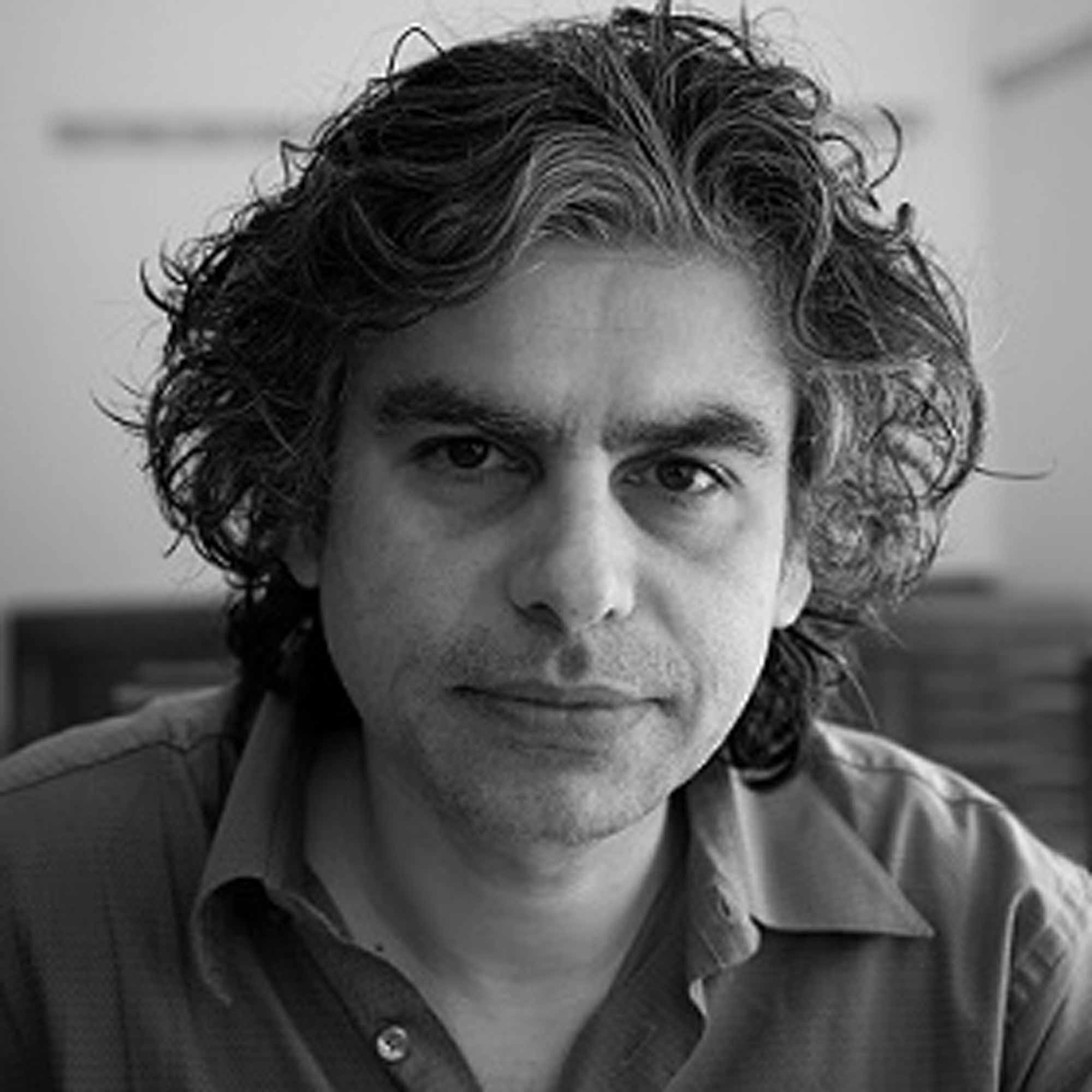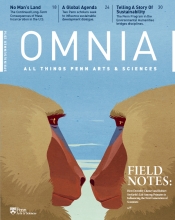What defines “modern” society as far as how religion fits in?
At a basic level, “modern” refers to the time in which we live and to the past couple of centuries that made us arrive at our present. There is no one way of being modern, so it makes more sense to speak of multiple modernities rather than one way of being a modern person or modern society. As far as religion is concerned, “modern” simply refers to the way religion functions in society today. As we see from the U.S. alone, there are many different faces to religion in the contemporary world. The same holds true in all other societies, so it is incorrect (and prejudiced) to juxtapose “modern” to “backward” or “primitive” when looking at other religions and cultures.

Photo credit: Mir Elias
Can a religion that requires practices that seem archaic to Western eyes, such as wearing the hijab, be considered modern?
First of all, Islam doesn’t “require” hijab or too many other things. There is enormous diversity in Muslim belief and practice, such that any statement that begins with “Islam requires” or “Muslims believe” is bound to be false because of the many exceptions to it one would find in the numerous Muslim societies and communities around the world. Sticking to the example of hijab, the term covers a variety of forms of dress as well as a range of attitudes toward identity and sexuality which underlie these dress choices. Just because in some societies or families there is coercion regarding dress and behavior, doesn’t mean that all women who choose to wear hijab are coerced. As is true of women in all societies, there is no necessary connection between the coercion faced by some women and the behaviorial choices made by others. Many women who cover their heads (that is, wear hijab) adopt the practice out of conscious choices regarding their identities in the world. For them, it is an act of empowerment, and is definitely not archaic. One should be concerned more with the existence of oppression and coercion and with the opportunities afforded to female members of society than with what choices women make about how they dress. Hijab is simply not a good indicator of whether or not girls and women are empowered, just as dress or eating habits tell one nothing about whether someone is “modern” or not.
Is technology changing Islam?
Religions are always evolving in response to social, political, environmental and other changes. Changes in technology are but one such factor. Technological changes have always been there—it’s just that they seem so much more pervasive and dynamic today than in the past. Probably the biggest technological impact on religion over the last two decades has been the dramatic growth in mass communication. It enables ideas and information to be exchanged across societies and languages much more readily, and it also leads to the democratization of authority and knowledge.
Jamal J. Elias is the Walter H. Annenberg Professor in the Humanities and professor of religious studies. He is an expert on Islamic thought and society with a focus on Western and South Asia, and his many works have been translated into numerous languages.



